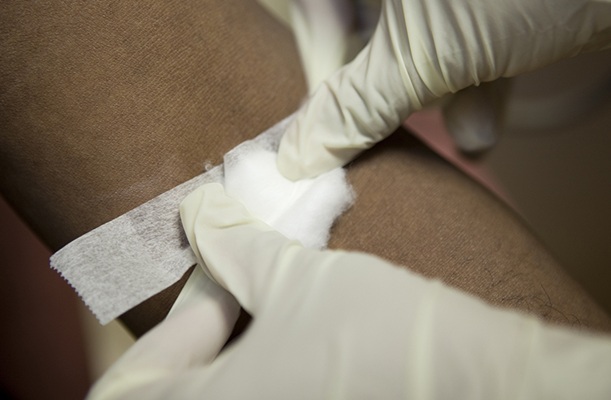New AI-Based Method Improves Diagnosis of Drug-Resistant Infections
Posted on 09 Apr 2025
Drug-resistant infections, particularly those caused by deadly bacteria like tuberculosis and staphylococcus, are rapidly emerging as a global health emergency. These infections are more difficult to treat, often necessitate costlier or more toxic medications, and lead to extended hospital stays and higher mortality rates. In 2021, the World Health Organization (WHO) reported that 450,000 people developed multidrug-resistant tuberculosis, with a treatment success rate falling to just 57%. Current resistance detection methods, employed by organizations such as the WHO, either take too long—such as culture-based testing—or fail to detect rare mutations, as seen with some DNA-based tests. Now, a new artificial intelligence (AI)-based method has been developed to more accurately detect genetic markers of antibiotic resistance in Mycobacterium tuberculosis and Staphylococcus aureus, which could facilitate faster and more effective treatment.
Researchers at Tulane University (New Orleans, LA, USA) have introduced an innovative Group Association Model (GAM), leveraging machine learning to identify genetic mutations associated with drug resistance. Unlike traditional tools that might mistakenly link unrelated mutations to resistance, GAM operates without relying on prior knowledge of resistance mechanisms, making it more adaptable and capable of identifying previously undetected genetic alterations. The model, detailed in Nature Communications, addresses both the slow diagnostic processes and the failure to detect rare mutations by analyzing whole genome sequences. It compares groups of bacterial strains with varying resistance profiles to identify genetic changes that consistently indicate resistance to specific drugs.

In their study, the researchers applied GAM to over 7,000 strains of Mtb and nearly 4,000 strains of S. aureus, identifying crucial mutations linked to resistance. They discovered that GAM not only matched or surpassed the accuracy of the WHO’s resistance database but also significantly reduced false positives, which are incorrect markers of resistance that could lead to improper treatment. The combination of machine learning with GAM also enhanced its predictive capabilities, particularly when working with limited or incomplete data. In validation tests using clinical samples from China, the machine-learning-enhanced model outperformed the WHO-based methods in predicting resistance to critical first-line antibiotics. This breakthrough is important because early detection of resistance allows doctors to adjust treatment regimens appropriately, preventing the infection from worsening or spreading. The model's ability to identify resistance without requiring expert-defined rules also suggests it could be applied to other bacterial infections.
“Current genetic tests might wrongly classify bacteria as resistant, affecting patient care,” said lead author Julian Saliba, a graduate student in the Tulane University Center for Cellular and Molecular Diagnostics. “Our method provides a clearer picture of which mutations actually cause resistance, reducing misdiagnoses and unnecessary changes to treatment.”














